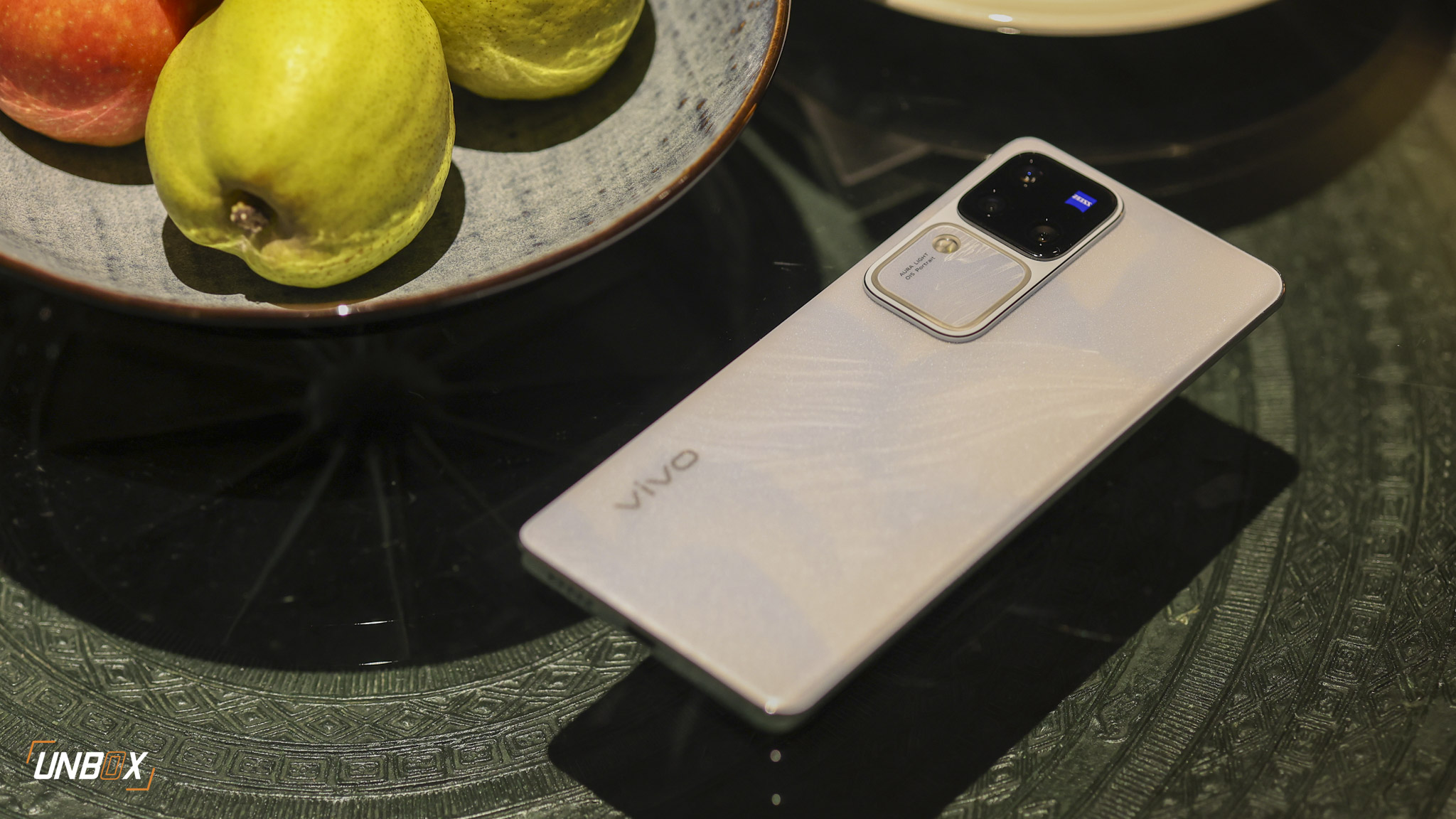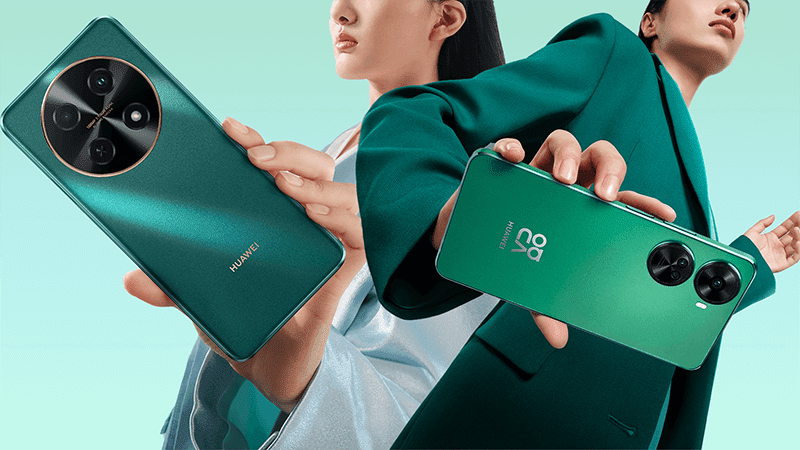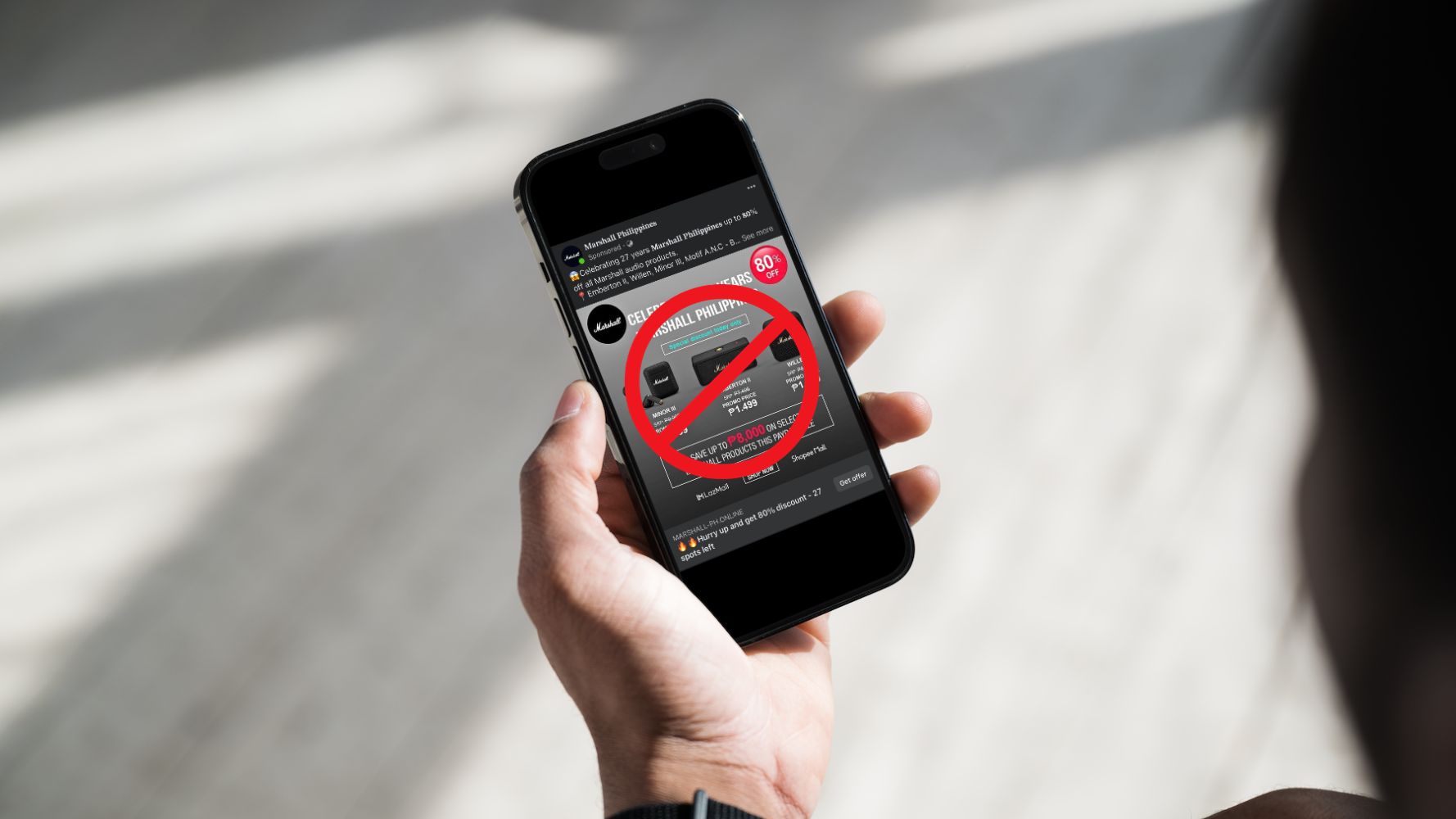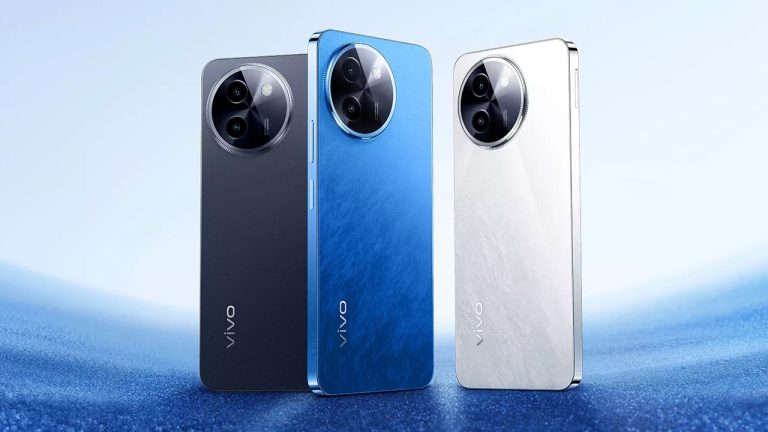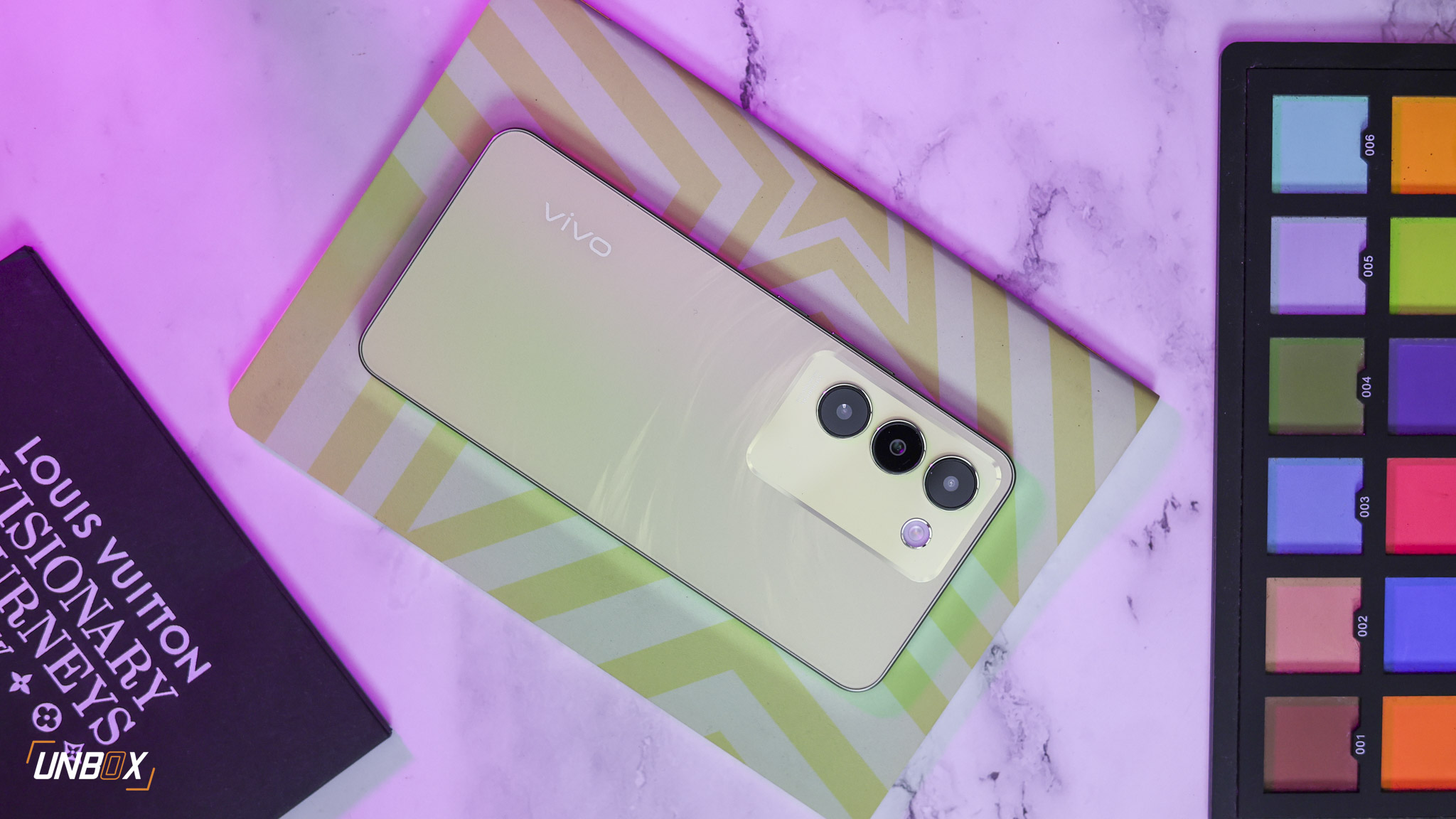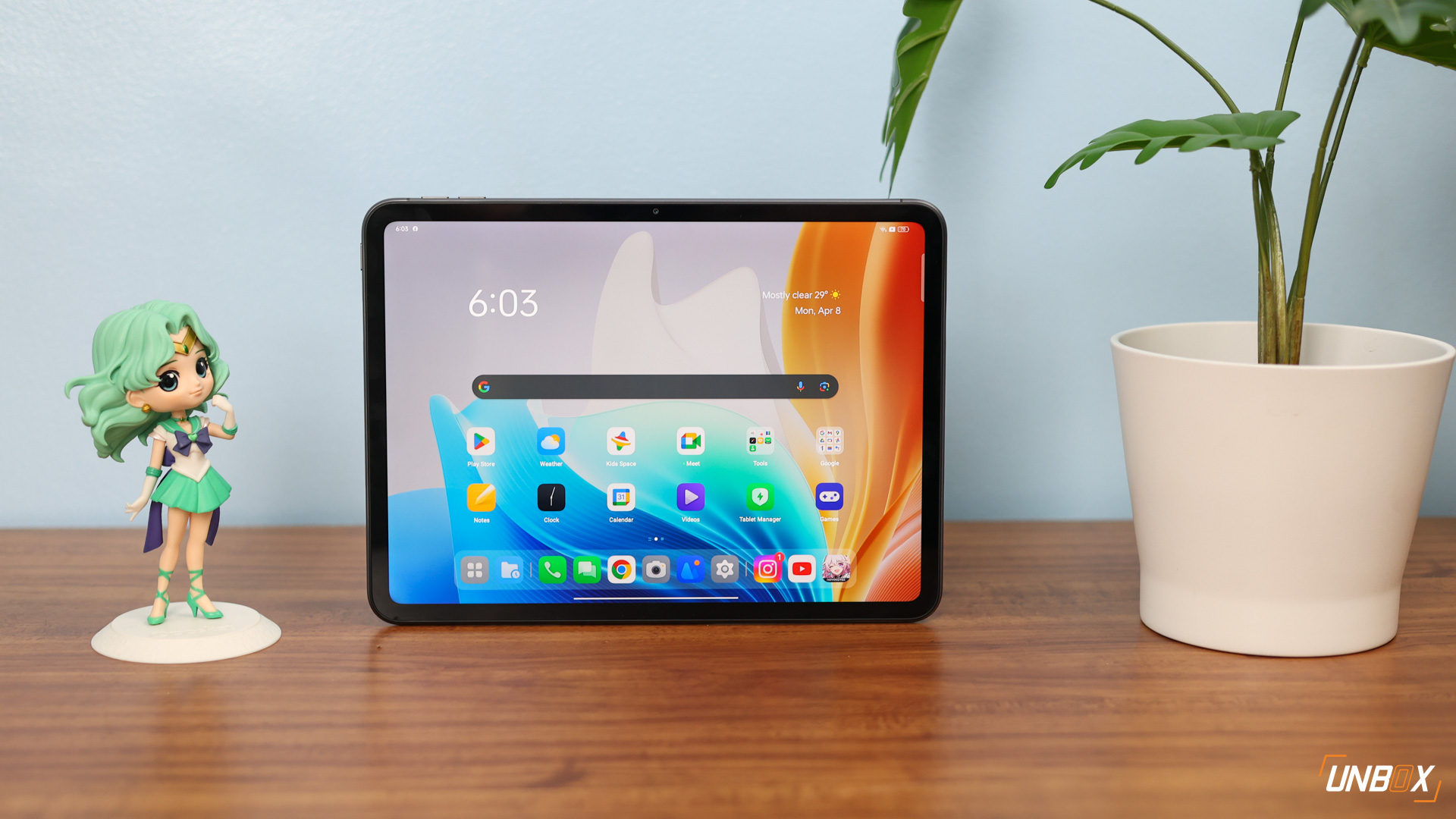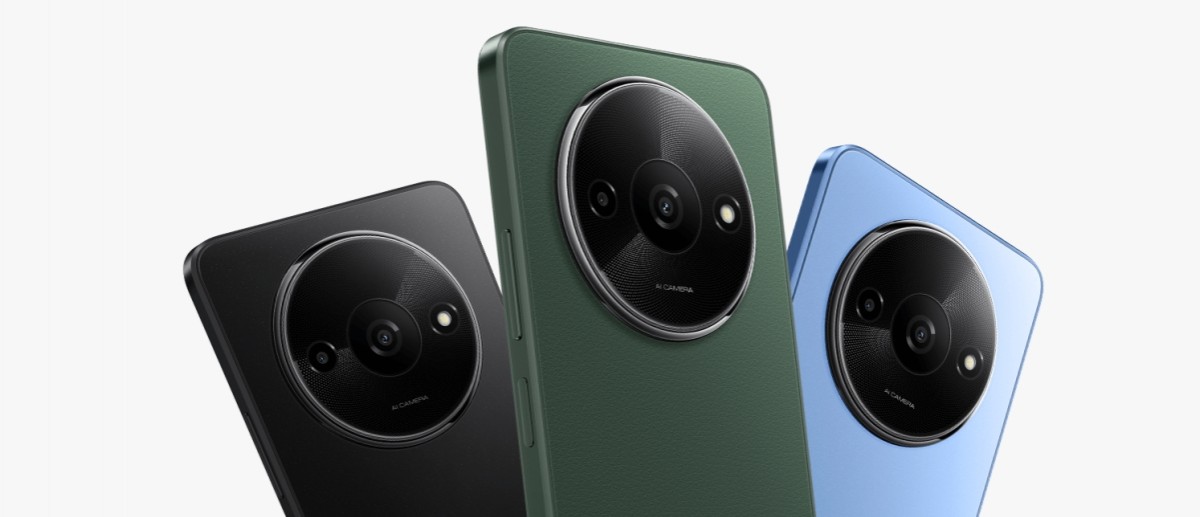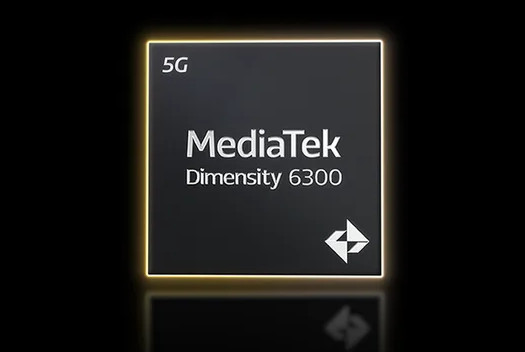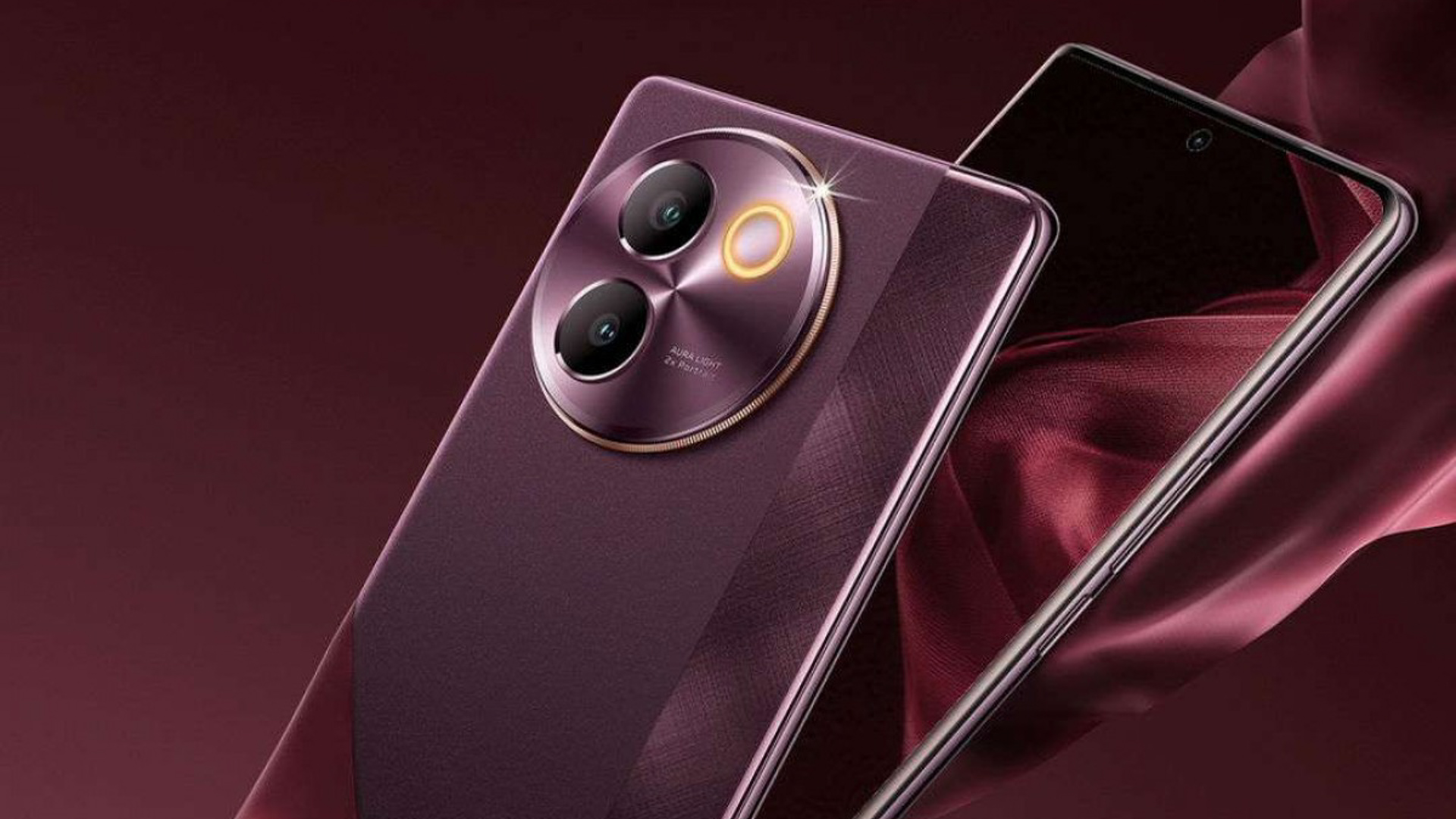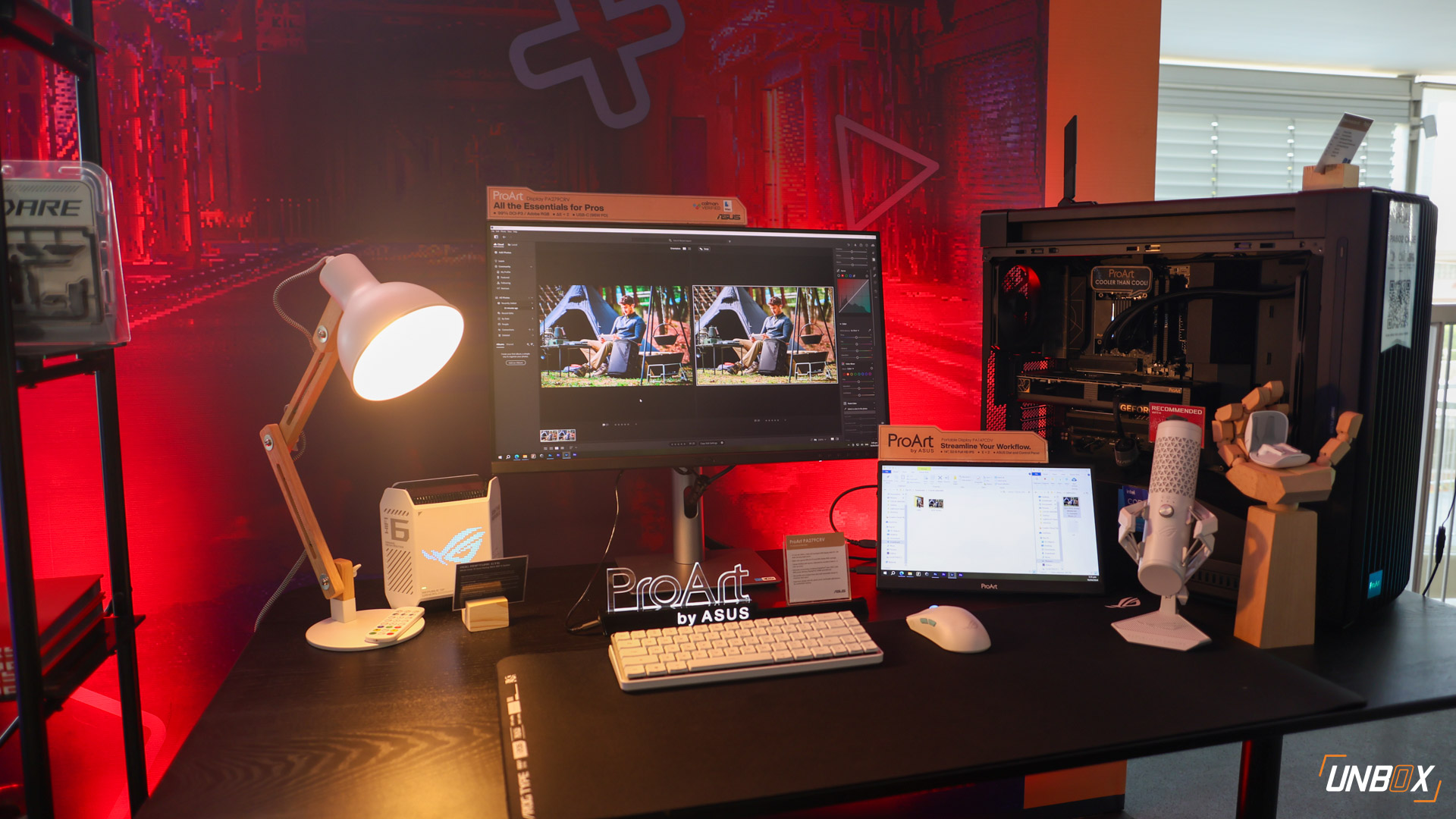It’s FINALLY time to take a closer look at the Vivo V7+
It took us awhile to get this review out and most of you have already probably dismissed Vivo’s offering into the mid-range segment. It’s no secret that the Chinese company has targetted the selfie-centric market but they’ve also equipped the V7+ with a FullView display at an 18:9 aspect ratio; adopting the current trend in the smartphone world with a nearly bezel-less display. The question is: Is it worth it?
Vivo V7+ Specs
- 1.8GHz Qualcomm Snapdragon 450 octa-core processor
- Adreno 506 GPU
- 4GB of RAM
- 5.99-inch HD+ IPS LCD display; 1440×720 resolution
- 64GB of expandable storage (up to 256GB via MicroSD card)
- 4G, LTE
- Dual SIM
- 16-megapixel rear camera, f/2.0 aperture, LED Flash
- 24-megapixel front camera, f/2.0 aperture, PDAF, LED Flash
- WiFi, Bluetooth
- GPS, A-GPS, GLONASS
- Fingerprint scanner
- Android 7.1 Nougat with FunTouch OS 3.2
- 3225mAh Battery
We’re going to look at 7 points to see if the Vivo V7+ is a phone worth considering, which include:
- Design
- Display
- Power
- Software Experience
- Battery Life
- Camera
- Battery
With that, let’s get to the review.
Hardware Design and Build: A Step Back from Previous Iterations
In terms of overall design, not much changed with the v7+ and it pretty much follows along what we’ve typically been seeing from the Chinese company. The unibody construction eliminates flex and play with the devices and, as is the case with phones featuring the newfangled aspect ratio, it pretty much has the same ergonomics as a 5.5-inch device even if its display is a hair under 6-inches; helped along by the curves on its frame.
The biggest drawback for us is that Vivo has chosen to go with polycarbonate plastic instead of the usual metal that we’ve been seeing in the past. While we haven’t dropped the device, we do have to question its long-term durability and advice anyone picking up this device to definitely use the case that it comes with for added protection. Also, oily residue seems to stick to the backing of the device more because of the plastic and is still visible despite multiple wipedowns with a microfiber cloth.
New Aspect Ratio, Low Pixel Density
The Vivo v7+ was one of the first mid-range phones to adopt the current display trend of having an aspect ratio of 18:9 with the screen measuring in at 5.99-inches. As you guys may know, the pixel density on the device is kind of on the low side, due to the HD+ resolution. The display itself is good with vibrant colors and the added real estate is greatly appreciated, but more discerning eyes will notice that text while browsing through social media or your favorite website may not be as crisp as its competition.
It should go without saying that not all apps have adapted to the new 18:9 aspect ratio and most (if not, all) content on YouTube is shot on 16:9 so get used to seeing a few black bars on either side of the screen when on a binge. You do have the option to crop the video to make use of the entire display or force it to fit but you have to be wary of image distortion.
Power: Best Suited for Moderate Users
While it’s a bit of a cop-out to say that about a mid-range device, the hardware inside the Vivo V7+ certainly backs up the heading for this part of the review. You’ve got a Qualcomm Snapdragon 450 processor with 4GB of RAM and 64GB of expandable storage. If you’re using your device mainly for browsing the web or social media, it definitely has more than enough power to handle that without even batting an eyelash. It’s the gaming aspect where power users without an exorbitant budget may be irked a bit.
If you’re playing things like Arena of Valor, Mobile Legends, or some similar mobile MOBA, you shouldn’t be having any trouble either, but it’s the more graphically intensive games that the Vivo V7+ struggles a little bit. You’ll have to tone down the settings on NBA 2K17 to get more consistent frame rates, but you still may see drops here and there.
Software Experience: Inspired by Apple
FunTouch UI and most of the UI overlays coming from China have always had a touch of iOS in them and that remains true with the Vivo V7+. If you’ve been a long time user of their devices, you should know by know that you have to swipe up from the bottom of the screen to access the quick settings, such as WiFi, Bluetooth, or the toggle the brightness of the screen. Little touches like this may faze Android users that are used to the typical OS experience, but other than taking some time to get used to it the UI really doesn’t affect the performance of the device.
Camera: Offers More than Just Selfies
While the main thrust of Vivo is helping you get clearer selfies with its 24-megapixel front camera (which definitely gets the job done and then some, by the way) you shouldn’t sleep on its rear camera either. It won two out of the five photos sets in our blind camera comparison against some of the other major players in the market and has always churned out great photos in previous iterations, though we highly suggest taking photos in good lighting conditions as much as possible.






As for the front camera, this is where the company has thrown the hard-hitting hardware and it shows — clearer selfies indeed.


Battery: Above Average
Running PCMark’s Battery Benchmark, the Vivo V7+ clocked in a time of 10 hours and 15 minutes at 50% screen brightness. Do real-world tests back this up? Absolutely. Mileage varies with usage but, with mobile data running for most of the day, we got through the typical work hours with enough juice to spare to safely get us home. You’ll still want to bring a power bank if you use your device a lot on the commute, but that’s more on the usual, horrible traffic situation in the Metro. There may be something more to that HD+ display after all.
Verdict: The Price Is Its MAJOR Hurdle
Without looking at the price tag, the Vivo V7+ is actually a good device. Yes, there are a few thing we wish that it has such as an aluminum body or that it had better pixel density for its display; all-in-all though, it’s a mid-range device that performs well with decent cameras. However, getting the most out of your money is important. After all, you’ve worked hard for it.
At its current price of Php 17,990, Vivo is fighting a tough, uphill battle with the V7+ — even tougher now that its competitors have released their champions in this segment at more compelling price points. Hopefully, they adjust their pricing to be able to battle it out with the other brands.
Want to check out the other mid-range players? Click on the links below.



















